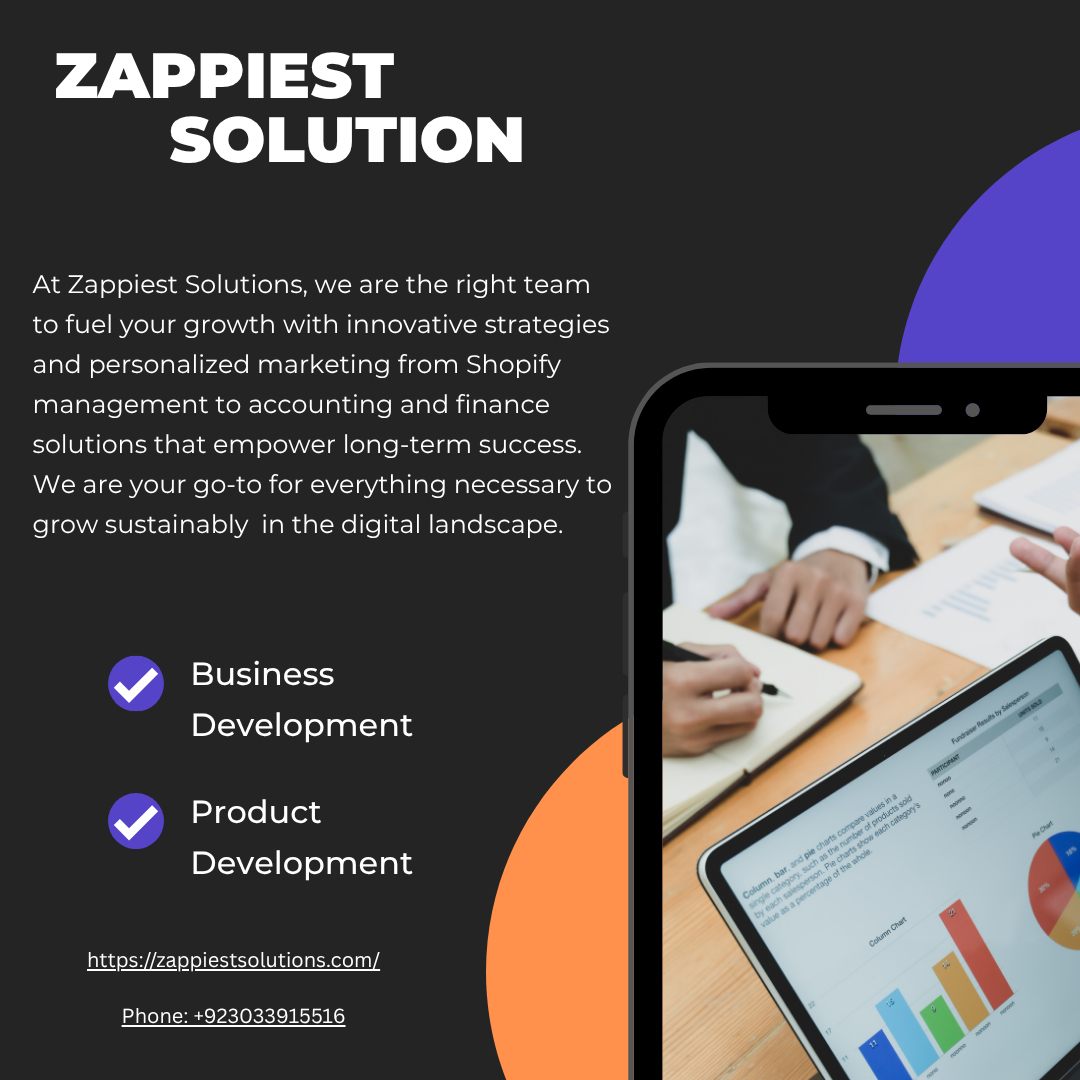Shopify Backend Support for Small Businesses: Your Silent Growth Partner
Let’s be real for a second. When you started your small business, you dreamed of crafting amazing products, connecting with customers, and building a brand you love. You probably didn’t dream about wrestling with meta descriptions, debugging checkout errors, or trying to sync your inventory across three different sales channels at 2 AM. That “behind-the-scenes” stuff? That’s your Shopify backend. And for many entrepreneurs, it feels less like a powerful engine and more like a tangled mess of wires. But what if you could turn that chaos into your greatest competitive advantage? That’s where the magic of dedicated Shopify backend support for small businesses comes in. This isn’t about handing over the keys; it’s about partnering with experts who can ensure your machine runs smoothly, so you can finally step on the gas.
What Exactly Is “Shopify Backend Support”?
When people hear “backend support,” they often think of a help desk that you only call when something is broken. But that’s a reactive, old-school way of thinking. For the modern small business, backend support is a proactive strategy for growth.
It’s More Than Just Fixing Bugs
Sure, fixing bugs is part of it. But true backend support is about optimization, automation, and strategy. It’s about having a expert look at your store and say, “Hey, I can set up an automated abandoned cart flow that will recover 15% of those lost sales,” or “Your site speed is slow because of these three apps; let’s optimize them to improve your Google ranking and conversion rate.” It’s moving from putting out fires to building a fireproof, high-performance structure.
The Three Pillars of Powerful Backend Support
Think of comprehensive support as resting on three core pillars:
Strategy & Management: The what and why—optimizing workflows, analyzing data, and planning for growth.
Execution & Development: The how—the technical web development and software development needed to build and implement solutions.
Analysis & Integration: The so what—connecting your store to other critical systems like accounting and financial solutions or marketing platforms to create a seamless data flow.
Why Small Businesses Can’t Afford to Ignore Backend Support
“It’s an unnecessary expense,” you might think. “I can handle it.” But can you? And more importantly, should you?
You’re Wearing Too Many Hats (And It’s Costing You)
You’re the CEO, the marketing director, the customer service rep, and the head of product development. Now you’re trying to be a senior-level IT specialist, too? The context-switching alone is a massive drain on productivity. Every hour you spend Googling “how to edit Shopify liquid code” is an hour you’re not spending on high-impact activities that actually grow your business—like product innovation or customer outreach. This is the core value of a zappiest solution: it gives you your time back.
The Hidden Costs of “Just Making It Work”
That cheap plugin you installed to save a few bucks? It might be conflicting with five other apps, slowing your site to a crawl, and costing you thousands in lost sales from frustrated customers who clicked away. A poorly configured backend leads to oversold inventory, missed shipping deadlines, and inaccurate financial reports. These “small” issues compound into massive operational costs and reputational damage over time.
Security: The Sleeping Giant You Can’t Ignore
E-commerce sites are prime targets for hackers. Are you consistently updating apps? Monitoring for vulnerabilities? Ensuring PCI compliance? For most business owners, the answer is “I hope so.” Professional IT solution providers treat security as a non-negotiable, proactive part of their service, protecting you, your customers, and your hard-earned revenue from devastating breaches.
Your Shopify Backend Support Toolkit: Key Areas of Expertise
So, what does this support actually look like in practice? Let’s break it down into the key service areas.
Shopify Management: The Command Center
This is the day-to-day orchestration of your store. Good management turns chaos into order.
Product & Inventory Mastery
This goes beyond adding new items. It’s about managing variants, collections, SEO fields, and syncing stock levels in real-time across your website, physical store (if you have one), and marketplaces like Amazon and eBay. Proper support ensures you never have to apologize for selling an item you already sold hours ago.
Order & Fulfillment Flow
From the moment the “Order Confirmed” email goes out to the second the package is marked as delivered, this process should be seamless. Support can automate shipping labels, connect you to the best carrier rates, and send tracking updates to keep customers happy and reduce support queries.
Customer Data & CRM Integration
Your customers are your most valuable asset. Backend support can help you segment them, understand their purchasing habits, and integrate your Shopify data with CRM tools to personalize marketing and build loyalty.
SEO & Marketing: Becoming Findable
You can have the best products in the world, but if no one can find them, you won’t make a sale. This is where SEO & Marketing expertise is non-negotiable.
On-Page SEO Tweaks for Big Results
Experts will optimize your page titles, meta descriptions, headers, and image alt-tags—all the things Google looks at. They’ll structure your data correctly and ensure your site architecture makes it easy for both users and search engines to find what they need.
Automating Your Marketing Funnel
Set-it-and-forget-it email flows for welcome sequences, abandoned carts, and post-purchase follow-ups are a superpower. Support teams can build, manage, and optimize these automations for you, turning casual browsers into lifelong fans.
IT & Web Development: The Technical Foundation
This is where the real technical magic happens. It’s the software development and customization that makes your store uniquely yours.
Custom Functionality and App Development
Sometimes, off-the-shelf apps don’t quite fit your needs. Developers can create custom apps or features tailored to your specific business processes, giving you a true competitive edge.
Speed, Performance, and UX Optimization
A slow site is a dead site. Developers audit your store’s performance, optimize images, clean up code, and streamline apps to make your pages load in a blink. This improves user experience (UX) and is a major ranking factor for Google.
Accounting and Financial Solutions: Closing the Loop
Money in, money out. It seems simple, but it can get messy fast. Integrating your backend with your finances is a game-changer.
Syncing Shopify with Your Books
Manually entering data into QuickBooks or Xero is a tedious and error-prone nightmare. Support can automate this, ensuring your sales, fees, refunds, and payouts flow directly into your accounting software, giving you a real-time view of your profitability.
Tax Compliance and Financial Reporting
Calculating sales tax across different states and countries is incredibly complex. The right setup and apps can automate tax calculations at checkout, ensuring you remain compliant without the headache.
Is a Full-Service “Zappiest Solution” Right for You?
You might be wondering if you need to hire five different specialists. Not necessarily. Many agencies act as a single point of contact—your zappiest solution—offering a full suite of services from strategy and Shopify Management to web development and IT solution support. They become an extension of your team.
What to Look for in a Shopify Support Partner
Look for a partner with proven experience, specifically with Shopify (Plus, if you’re on that plan). Check their reviews and case studies. Do they communicate clearly? Most importantly, do they seem to understand your business goals? You don’t want a coder; you want a strategic partner.
How Specialized Services Like ERP for Schools Relate to E-commerce
You might see a provider that offers niche services like ERP Services For Schools and wonder what that has to do with you. It’s a sign of deep expertise in complex system integration. If they can manage the immense data flow of a school district, integrating your Shopify store with QuickBooks is well within their wheelhouse. It speaks to a high level of organizational and technical skill.
Getting Started: How to Find and Work with a Support Team
Ready to take the plunge? Here’s how to start.
Audit Your Own Pain Points First
Before you talk to anyone, make a list. What takes up most of your time? What frustrates you weekly? Where are you losing money? Is it inventory errors? Slow site speed? Complicated order management? This list will be your roadmap and will help you find an expert who specializes in your specific challenges.
Questions to Ask a Potential Support Agency
“Can you show me examples of stores you’ve worked on that are similar to mine?”
“What is your process for onboarding a new client?
Conclusion: Stop Fighting Your Platform, Start Growing Your Business
Your Shopify backend shouldn’t be a source of stress and late nights. It should be a powerful, silent partner that works tirelessly in the background to amplify your efforts and accelerate your growth. Investing in professional Shopify backend support for small businesses isn’t an expense; it’s one of the highest-ROI investments you can make in your company’s future. It frees you up to do what you do best: dream, create, and connect.



